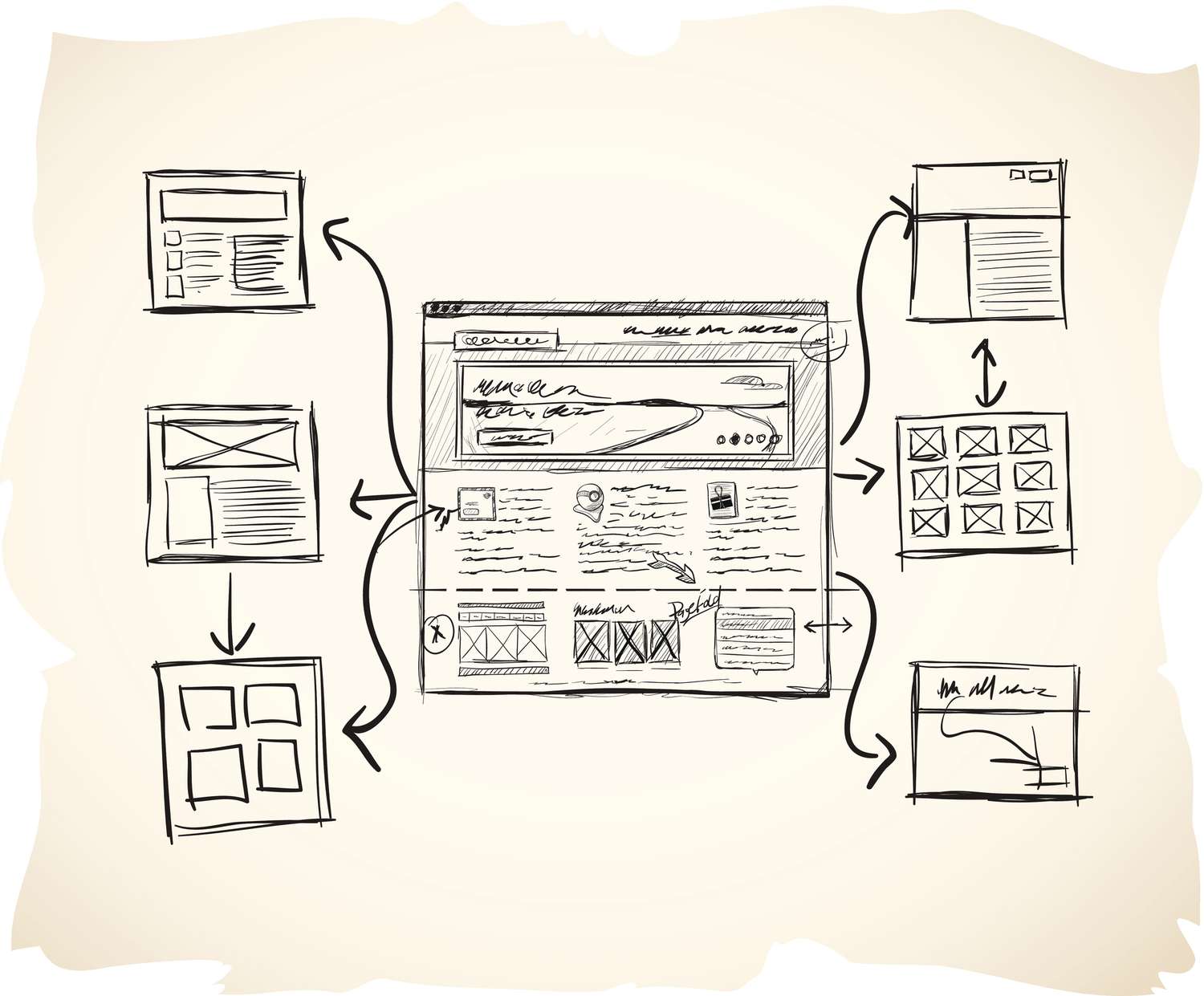Building a small business website that effectively converts visitors into customers is essential for success in today’s digital landscape.
A well-designed and strategically optimized website can act as a powerful marketing tool, driving traffic, generating leads, and increasing sales.
In this article, we will guide you through the process of building a small business website that converts, step by step.
By following these guidelines, you can create a compelling online presence for your business and maximize your chances of success.
Introduction
In the modern business environment, having a strong online presence is crucial.
A website serves as a virtual storefront, allowing potential customers to learn about your products or services, interact with your brand, and make purchase decisions.
However, simply having a website is not enough.
To truly harness its potential, you need to build a website that converts visitors into paying customers.
In this article, we will provide you with practical tips and strategies to help you create a small business website that drives conversions.
Planning Your Website

Image Credit: The Balance
Before diving into the technical aspects of website building, it is crucial to plan your website effectively.
Start by defining your target audience.
Who are your ideal customers?
What are their needs and pain points?
Understanding your audience will help you tailor your website content and design to their preferences.
Additionally, set clear goals for your website.
Do you want to generate leads, sell products online, or provide valuable information?
Defining your goals will guide your decision-making process throughout the website-building journey.
Lastly, consider the desired user experience.
Map out the customer journey and ensure that your website provides a seamless and intuitive experience for visitors.
Choosing a Website Platform
When it comes to building a small business website, choosing the right website platform is crucial.
There are various website builders available, each with its own set of features and benefits.
Evaluate different platforms based on factors such as ease of use, customization options, and scalability.
Additionally, consider whether you want to use a self-hosted platform or a hosted solution.
Self-hosted platforms provide more flexibility but require technical expertise, while hosted solutions offer convenience but have certain limitations.
Make an informed decision based on your specific needs and requirements.
Designing a User-Friendly Layout
A user-friendly layout is vital for ensuring a positive user experience on your small business website.
Create an intuitive navigation menu that allows visitors to easily find the information they need.
Emphasize mobile responsiveness, as an increasing number of users access websites through their smartphones.
A clean and attractive design will leave a lasting impression on visitors and encourage them to explore further.
Consider the visual hierarchy of your website and use contrasting colors to guide users’ attention to important elements.
Crafting Compelling Content
Compelling content is the backbone of a successful small business website.
Write engaging copy that clearly communicates the value proposition of your products or services.
Use persuasive language and address the needs and desires of your target audience.
Incorporate effective calls to action throughout your website to encourage visitors to take the desired action, whether it’s making a purchase, signing up for a newsletter, or contacting your business.
Visuals such as images, videos, and infographics can enhance the appeal and engagement of your content.
Optimizing for Search Engines
To drive organic traffic to your small business website, you need to optimize it for search engines.
Conduct thorough keyword research to identify the terms and phrases that your target audience is searching for.
Incorporate these keywords naturally into your page titles, headings, and content.
Writing informative and concise meta descriptions can improve click-through rates from search engine results pages.
Additionally, use descriptive alt tags for images to improve accessibility and enhance SEO.
Implementing Conversion-focused Features
To maximize conversions on your small business website, consider implementing various conversion-focused features.
Include lead capture forms strategically throughout your website to collect valuable customer information.
Display social proof elements such as testimonials and reviews to build trust and credibility.
Consider integrating live chat or chatbots to provide instant support and address visitor inquiries promptly.
Enhancing Website Performance
Website performance plays a crucial role in user experience and conversion rates.
Optimize your website for fast page loading speed to prevent users from abandoning your site due to slow loading times.
Regularly monitor your website’s uptime to minimize downtime and ensure it remains accessible to visitors.
Test your website across different browsers and devices to ensure compatibility and a consistent experience.
Building Trust and Credibility
Building trust and credibility is essential for converting website visitors into customers.
Display testimonials and reviews from satisfied customers to showcase the positive experiences others have had with your business.
Incorporate trust badges, security seals, and SSL certificates to reassure visitors about the safety of their data. Provide clear contact information, including a phone number, email address, and physical address, to establish transparency and credibility.
Integrating Analytics and Tracking
To measure the effectiveness of your small business website and make data-driven improvements, it is important to integrate analytics and tracking tools.
Set up Google Analytics to gain insights into website traffic, user behavior, and conversion rates.
Monitor key metrics and analyze the data to identify areas of improvement.
Consider implementing heatmaps and user session recordings to gain a deeper understanding of how visitors interact with your website.
Testing and Iterating
Building a small business website is an iterative process.
Continuously test different elements and variations to optimize your website’s performance.
Conduct A/B tests to compare different designs, layouts, calls-to-action, and content.
Analyze user feedback, both qualitative and quantitative, to gain valuable insights and make informed decisions.
Use the data you collect to refine your website and improve its ability to convert visitors into customers.
Promoting Your Website
Once your small business website is built and optimized, it’s crucial to promote it effectively to attract targeted traffic.
Implement SEO strategies to improve your website’s visibility in search engine results.
Research and target relevant keywords, create valuable content and build backlinks from reputable sources.
Leverage social media platforms to engage with your audience, share valuable content, and drive traffic to your website.
Consider exploring paid advertising options such as Google Ads or social media ads to accelerate your website’s growth.
Maintaining and Updating Your Website
Building a small business website is not a one-time task.
It requires ongoing maintenance and updates to ensure optimal performance and user experience.
Regularly update your website’s content to keep it fresh, relevant, and engaging.
Monitor your website’s performance, including loading speed and security, and address any issues promptly.
Implement security measures and regular backups to protect your website and its data from potential threats.
Conclusion
Building a small business website that converts is a multifaceted process that requires careful planning, strategic implementation, and continuous optimization.
By following the steps outlined in this article, you can create a compelling online presence for your business and increase your chances of success.
Remember to prioritize user experience, incorporate persuasive content, optimize for search engines, and constantly analyze and improve your website’s performance.
With a well-designed and conversion-focused website, you can effectively grow your small business and achieve your goals.
Frequently Asked Questions (FAQs)
How long does it take to build a small business website?
Building a small business website can vary in time depending on its complexity and the resources available. It can take anywhere from a few days to a few months to complete, considering planning, design, development, and content creation.
Is it necessary to hire a professional web designer?
Hiring a professional web designer can be beneficial if you want a customized and professionally designed website. However, with the advancements in website builders and templates, it is possible to create a website on your own, especially if you have a limited budget.
How much does it cost to build a small business website?
The cost of building a small business website can vary greatly depending on various factors such as the complexity of the design, the number of pages, the features required, and whether you choose to hire a professional web designer or use a website builder. It is advisable to set a budget and explore different options before making a decision.
Can I build a website without any coding knowledge?
Yes, you can build a website without coding knowledge by utilizing website builders and content management systems (CMS) such as WordPress, Wix, or Squarespace. These platforms offer intuitive drag-and-drop interfaces and pre-built templates that allow you to create a website without writing code.
What are the essential features to include on a small business website?
Essential features to include on a small business website include clear and easy navigation, engaging and informative content, prominent calls-to-action, contact information, social media integration, and features such as lead capture forms or live chat for customer interaction. The specific features may vary depending on the nature of your business and its goals.












